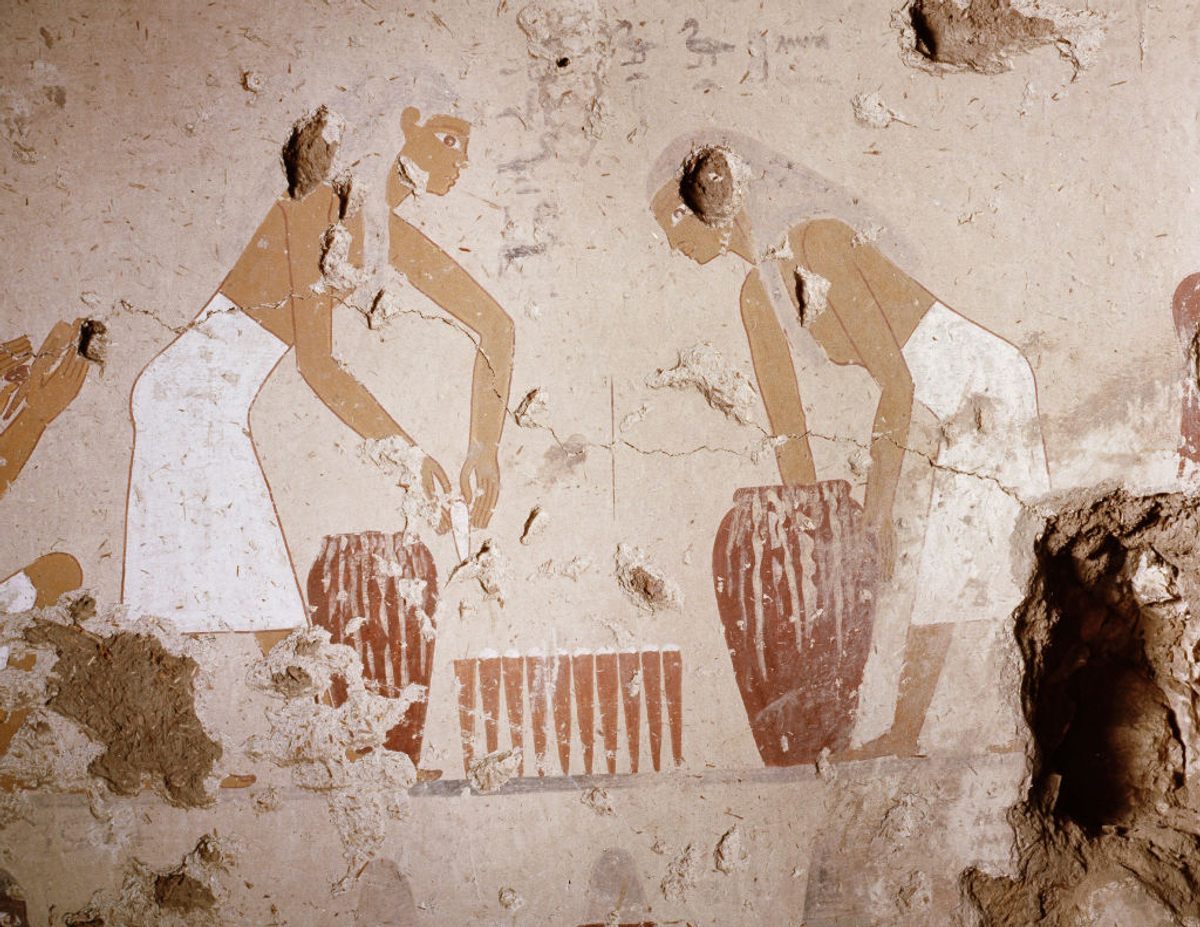Lord Hanuman as ‘First Space Traveler’: Mythology as Science
Mythologies, all over the world, are pleasant flights of imagination. While our childhood fascination with these is everlasting in our memories, the trend from the past few decades is that Right-wing ruling parties’ leaders are flaunting mythologies as if they happened the way we read them or hear them. The beginning of this in the public space began with Prime Minister Narendra Modi reminding the medical fraternity and the nation that there might have been a plastic surgeon, who transplanted the head of a baby elephant on the Lord Ganesh.
I don’t mean to hurt any sentiments but I tried to understand it from the medical point of view and found that it is a biological impossibility, as of now. At the same time, I did come to know that in Egyptian mythology also there are “Egyptian gods and goddesses with animal heads? The interesting thing about Egyptian gods and goddesses is that each animal has an obvious explanation. The connection between the gods and goddesses to the animals is the combination of the god’s power and the animal’s characteristics. Like the Egyptian goddess of war, Sekhmet, had a lioness’ head to show how ferocious she was. There are many more of such awesome gods and goddesses…”
Equally interesting was that during Zia Ul Haq’s regime in Pakistan, the idea that jinns are an infinite source of power was floated and even in Science Congresses, and these were discussed seriously. The idea was “for creating a jinn-based telecommunications network. Another promising direction could be radar-evading jinn-powered cruise missiles. Jinn chemistry, a research subject activated in the Zia ul Haq era, could be another growth point. (they) could also pursue a proposal from the 1970s, initiated by a senior director of the Pakistan Atomic Energy Commission, to replace fossil and nuclear fuels with jinn power.”
One hopes such fanciful solutions based on mythology are not being implemented there!
One was reminded of this as two recent statements by the top Bharatiya Janata Party (BJP) leaders’ statements about space travels were made in recent times. Anurag Thakur, several times MP and ex-Minister in the Union Cabinet, while talking to school children on the occasion of National Space Day, asked them as to who was the first person to travel in space. The students in unison uttered the name of Neil Armstrong. To this Thakur said “no, that’s a wrong answer, the correct answer is Lord Hanuman. Thakur urged teachers to look beyond “textbooks given to us by the British". He asked them to look toward “our Vedas, our textbooks and our knowledge... As per the prevalent story, Lord Hanuman flew and brought the mountain on which the lifesaving herb was there!
Not to be left behind, Union Agriculture Minister Shivraj Singh Chouhan stated that Pushpak Viman preceded the Wright Brothers flight. Quite a thought!
Even if one has some elementary knowledge of aviation science, one can know the type of infrastructure needed for flying machines. And individual flying has been human ambition for a long time, that’s what made the scientists burn the midnight oil and struggle in the labs and on the ground to make the first flight possible. One is not sure that these worthies who are claiming mythological stories as real technological achievements really believe in that or saying so to undermine the scientific temper.
Not only this, Chouhan went on to say that India was well developed technologically during the Mahabharat (an epic)period. As per him “drones and missiles that we have today were already with us for thousands of years, we have read this all in Mahabharat.”
This is not all there has been a free for all to claim the glorious achievement of the past. Once Modi opened the floodgates of mythology as science, various BJP leaders started making various claims about the present technological achievements, already being there in the ancient times. “Just like Narada, Google is the source of information” (BJP leader Vijay Rupani, former Chief Minister of Gujarat, April 30, 2018).
BJP leader Biplab Kumar Deb, former Chief Minister of Tripura (April 17,2018, The Tribune) stated that “India has been using internet since ages. In Mahabharat, Sanjay was blind but he narrated to Dhritrashtra, what was going on in battlefield. This was due to internet, satellite also existed during that period.”
BJP leader Harsh Vardhan, a medical doctor and former Union Minister of Science and Technology, said that each and every custom of Hinduism was steeped in science, “every modern achievement is steeped in ancient scientific achievement.” (March 16, 2018).
These are just a few of the samples from the vast wisdom dished out by BJP leaders. All this violates the scientific temper, the foundations on which modern Indian scientific institutions were founded. One wonders if this ideology was ruling immediately after Independence, one shudders to think as to what would have happened to all this if this type of ideology had been in the driving seat of planning.
After Independence, for the initial few decades, the country saw the laying foundations of scientific institutions taking India into the status of one of the major countries with scientific manpower and research.
How do we understand as to why BJP government leaders are propagating mythological imaginations as scientific truth. Basically, faith-based knowledge is ruling the roost currently. The babas (godmen) and the glorification of the past is very much in the air. Knowledge is a process which develops with time and does not know national boundaries. Ancient India had great contributions in the field of science, Aryabhat, Sushrut and many like them contributed immensely to the field of knowledge. This runs parallel to the development of society.
Faith and rational thinking have crossed each other’s path time and over again. Those for status quo in the society stick to faith-based understanding while those for social change for equality and against injustice harp on rational knowledge, scientific temper. BJP and the whole RSS (Rashtriya Swayamsevak Sangh) combine are primarily based on the social values of inequality. While the Indian Constitution has a scope for social change toward equality, it gives an importance to scientific temper. The RSS-combine, BJP included, look backwards and have opposed the Indian Constitution (including scientific temper) in many ways.
Political ideologies are a package deal. The Indian Constitution with scientific temper stands for social change, while Hindu nationalist ideology stands for reversing the gains of freedom movement (as reflected in Indian Constitution), while the peddlers of faith standing opposed to scientific temper are trying to push the country backward by undermining scientific temper on the one hand, and the concept of Liberty, Equality and Fraternity on the other.
The writer is a human rights defender and a former professor at the Indian Institute of Technology, Bombay. The views are personal.










